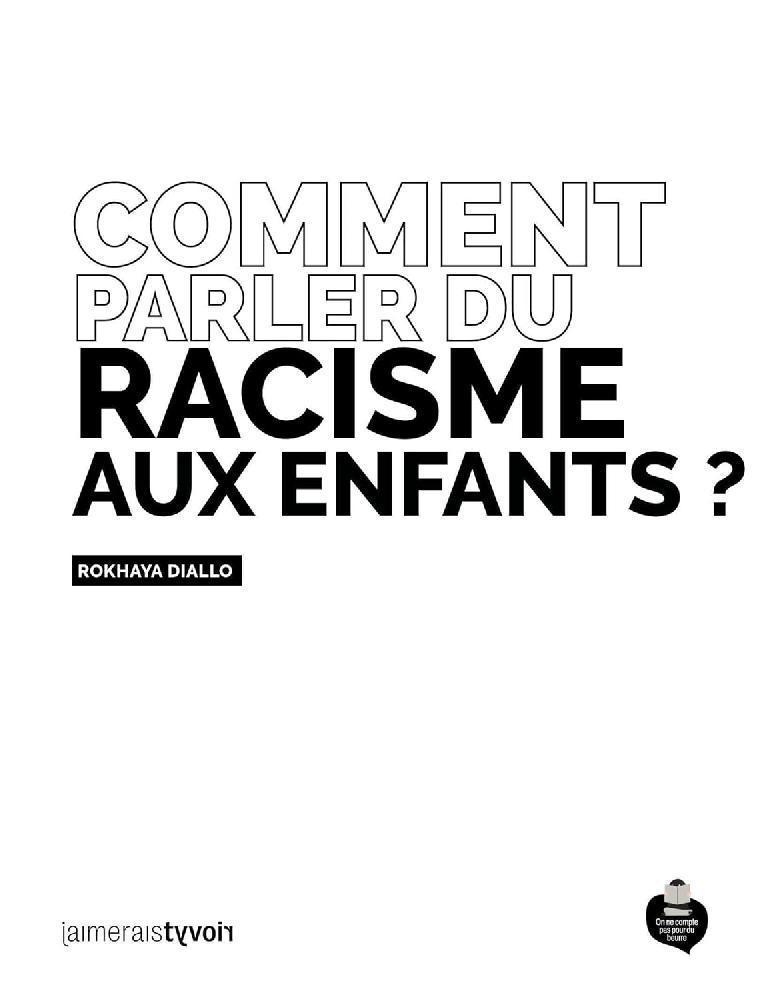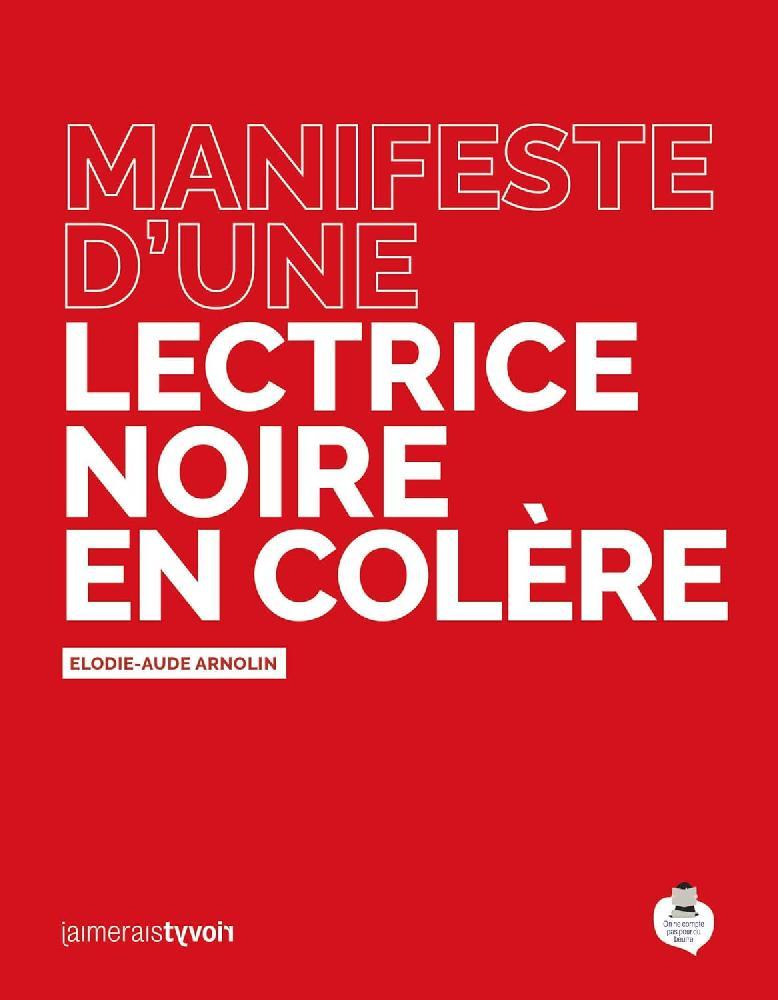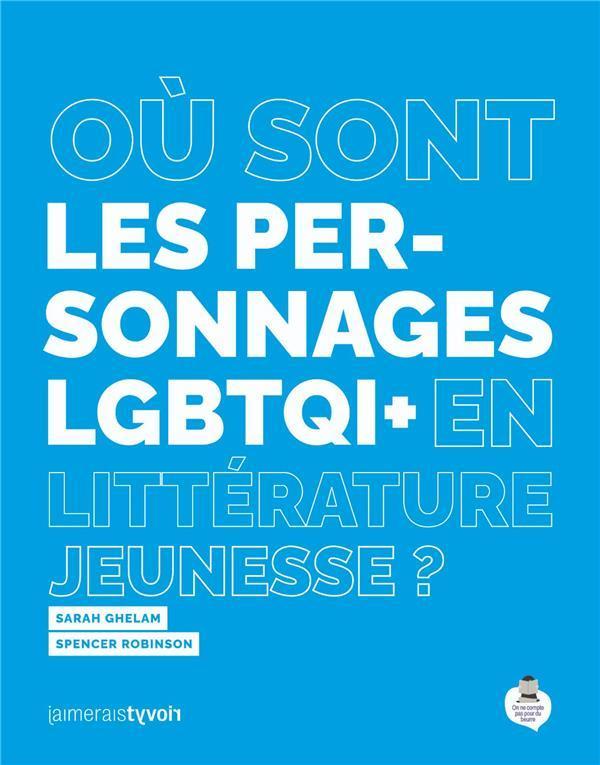
How to Talk to Children About Racism?
Content : Reissue of Rokhaya Diallo's landmark book, still relevant today.
Originally published in the excellent “How to Talk to Children” collection by Le Baron Perché, this essential work is still relevant today. An updated reprint of this book seemed urgently needed in the current context.
At a time when racist and anti-Semitic violence continues to increase and become more democratic, this book is an incomparable tool to help adults deal with the issue of racism in a pedagogical way with younger children.
The author offers tools to explain this complex social phenomenon in an accessible and understandable way, while encouraging children to develop critical and open-minded thinking skills. The book stresses the importance of identifying stereotypes, encouraging diversity and promoting values of solidarity and equality.
A book that reflects recent societal developments and adapts teaching tools to contemporary challenges, while continuing to make new generations aware of the issues of racism and social injustice.
About the author: Journalist, feminist and anti-racist activist, editorialist and documentary filmmaker, Rokhaya Diallo is the co-creator of the podcast “Kiffe ta race”. She is also the author of a dozen essays on racist violence in France, including Racisme : mode d'emploi (Larousse), Ne reste pas à ta place (Marabout) and La France, tu l'aimes ou tu la fermes (Textuel).
About the collection: The “I’d Like to See you Try” collection brings together a wide range of expertise on the issue of representations in children's literature: work by researchers, feedback on professional practices, tools and manifestos.
Also available in this collection: Where are the LGBTQI+ Characters in Children’s Literature? ; Where are the Anti-Sexist Children’s Books? ; Where are the Non-White Children Characters in Children’s Literature?





